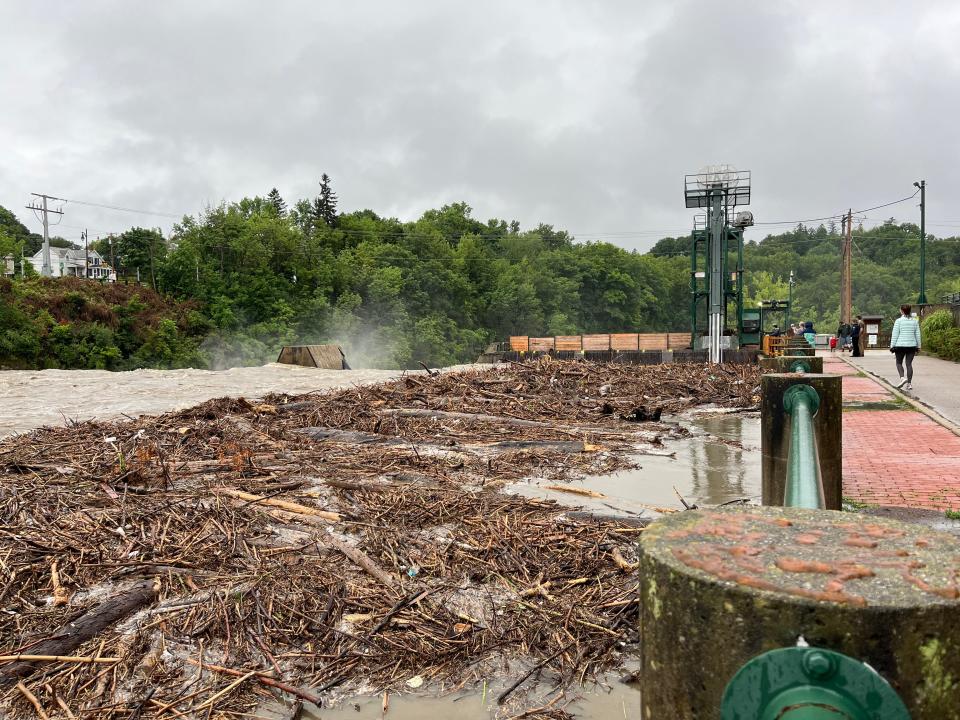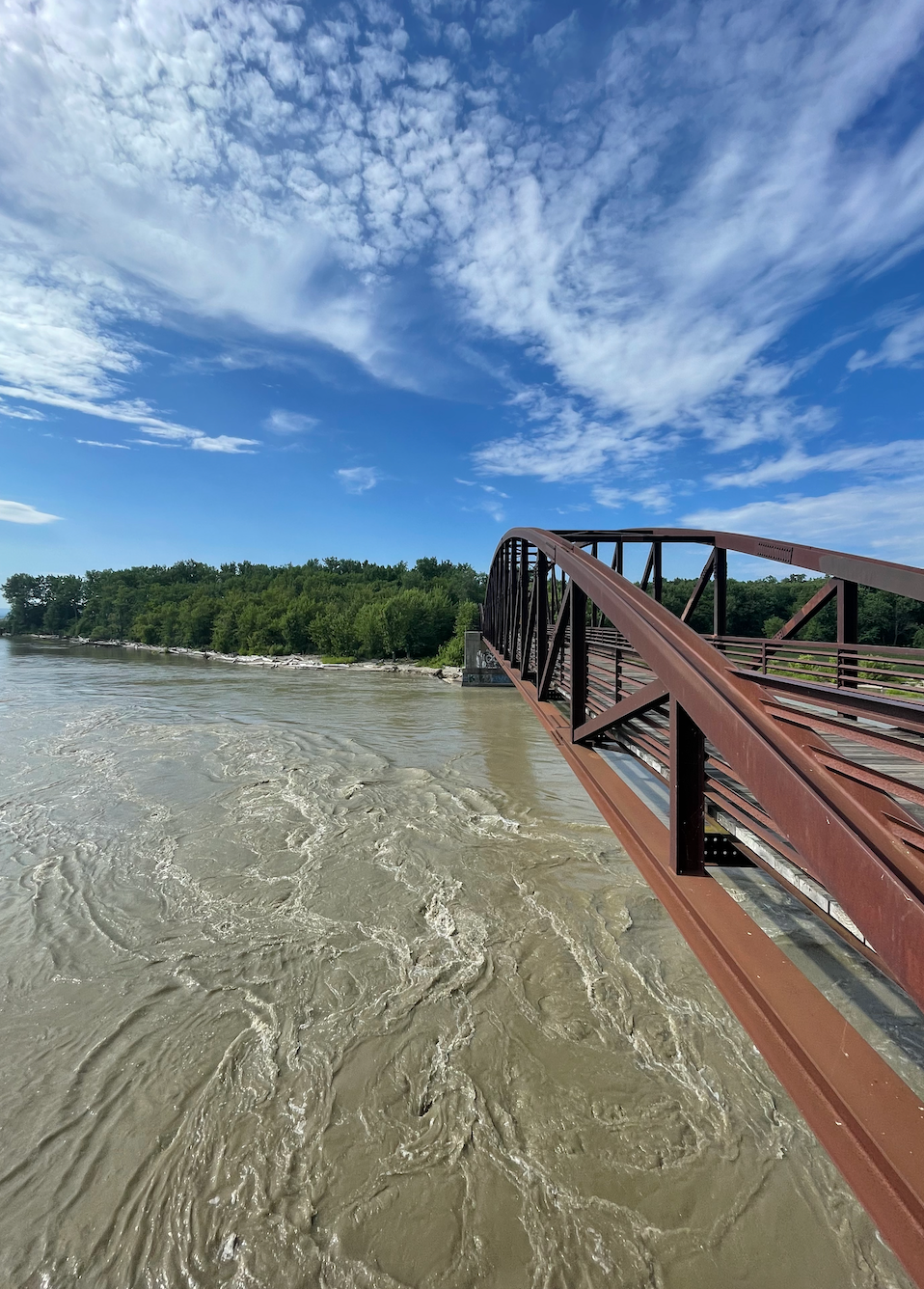Large debris poses threats to boaters, swimmers, provides habitat for fish
Correction: A previous version of this story incorrectly named the aquatic animal that enjoys sunning itself on dead trees. The animal should have been identified as a turtle.
Vermont's recent floods swept more than just water down the Winooski River and into Lake Champlain.
Whole trees could be seen floating down the Winooski last week, roots sticking up at one end, settling at the maw of the Winooski after the water's velocity slowed. Tires were another common sight.
But while large debris pose threats to human recreation above the surface, trees offer habitats for life below the surface.

Boaters beware
Vermonters looking to take their boats out on the lake this week are advised to stay alert for trees, especially near the mouth of the river.
Andrew Manzoline, boatswain mate 2nd class of the Vermont Coast Guard, said coast guard personnel have seen large trees and stumps, which more easily hide beneath the surface of the water, from Burlington Harbor to the New North End where the river empties into the lake. Manzoline said they've already seen some trees that look like they've been hit by boat propellers, and warned boaters to keep a close eye out for debris.
"If a propeller hits a log, those propellers can become unusable," he said.
Swimmers are also advised to look for large debris before diving in. Cloudy water from the flooding could make debris harder to spot.

Why trees in the lake aren't bad for fish
Tires and other manmade trash that was swept into the lake from the flooding sink to the bottom of the lake and leach their chemicals and metals, making them harmful to aquatic life. But trees can actually be beneficial for fish and amphibians.
Jeff Schloss, acting associate director of UVM's Lake Champlain Sea Grant, said although dead trees in lakes or other bodies of water take a long time to break down, they provide structures for young fish to hide in and places for turtles to sun themselves.

"It actually serves as really good niches for the young of the year," Schloss said.
Things like sunken ships and oil rigs in the ocean are often places where anglers catch the most fish, Schloss said, proving that underwater structures attract aquatic life.
Leafy green plants, animal waste and soil also carried downstream by the flooding are, on the other hand, harmful for fish. The microbes that break down these organic compounds suck the oxygen from the lake creating dead zones where aquatic life cannot live.
Contact Urban Change Reporter Lilly St. Angelo at lstangelo@gannett.com. Follow her on Twitter: @lilly_st_ang.
This article originally appeared on Burlington Free Press: Lake Champlain: How big debris from flooding affects lake

